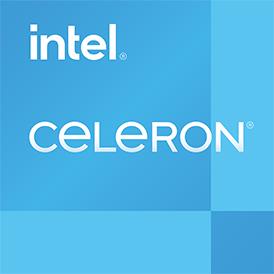 Estimated results for PassMark CPU Mark
Estimated results for PassMark CPU Mark
|
|
Intel Pentium Gold G5420
2C 4T @ 3.8 GHz
|
3796
|
|
|
Intel Celeron 1005M
2C 2T @ 1.9 GHz
|
1099
|
 Geekbench 5, 64bit (Multi-Core)
Geekbench 5, 64bit (Multi-Core)
|
|
Intel Pentium Gold G5420
2C 4T @ 3.8 GHz
|
2134
|
|
|
Intel Celeron 1005M
2C 2T @ 1.9 GHz
|
730
|
 Geekbench 6 (Multi-Core)
Geekbench 6 (Multi-Core)
|
|
Intel Pentium Gold G5420
2C 4T @ 3.8 GHz
|
1755
|
|
|
Intel Celeron 1005M
2C 2T @ 1.9 GHz
|
607
|
 CPU-Z Benchmark 17 (Multi-Core)
CPU-Z Benchmark 17 (Multi-Core)
|
|
Intel Pentium Gold G5420
2C 4T @ 3.8 GHz
|
1077
|
|
|
Intel Celeron 1005M
2C 2T @ 1.9 GHz
|
362
|
 Geekbench 5, 64bit (Single-Core)
Geekbench 5, 64bit (Single-Core)
|
|
Intel Pentium Gold G5420
2C 4T @ 3.8 GHz
|
978
|
|
|
Intel Celeron 1005M
2C 2T @ 1.9 GHz
|
380
|
 Geekbench 6 (Single-Core)
Geekbench 6 (Single-Core)
|
|
Intel Pentium Gold G5420
2C 4T @ 3.8 GHz
|
809
|
|
|
Intel Celeron 1005M
2C 2T @ 1.9 GHz
|
340
|

